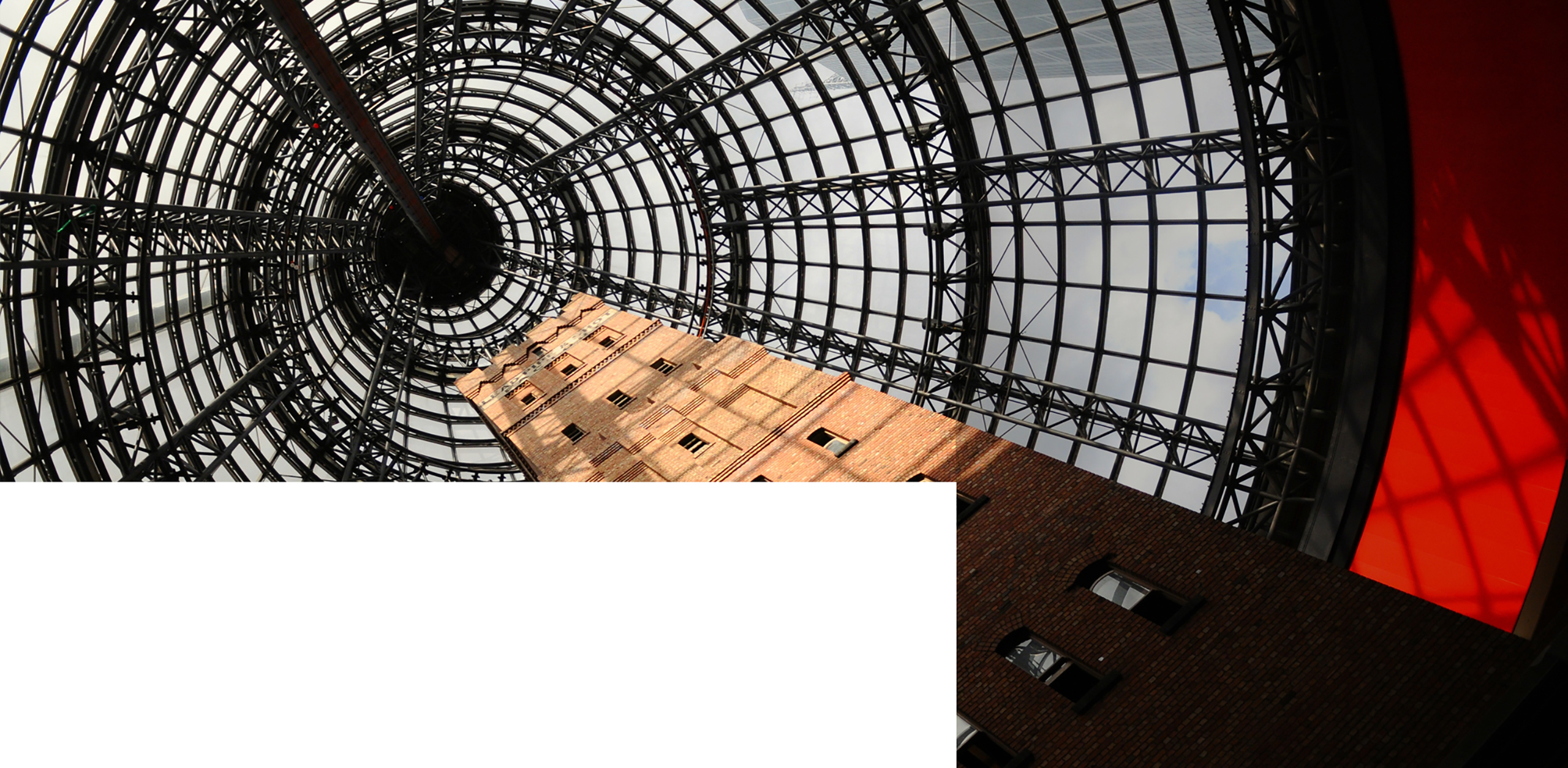

Representing Space, Place, and Liminality: Recollections and Projections
The concept of liminal space has gained traction in contemporary discourses on place and space, particularly since the proliferation of placeless geographies (Ralph) and Non-Places (Auge) in the mid-20th century. Liminal space, also understood as thresholds, transitional or transformative spaces, have also become more manifest and, in recent times, taken on peculiar expressions. Strict COVID 19 lockdowns in 2020, that descended on us globally, necessitated the absence of people in public space. These environments, void of human interaction, were subject to a substantial amount of visual representation. In some instances, these representations re-instated the spectator, the photographer or filmmaker’s gaze of architectural and natural space and place, and in others, they brought about the question of the fetishization of abandoned space and ruination.
In turn, these modes of representation raise questions about space, as an abstract concept, and place as a phenomenon with expressive characteristics, meaning and significance – both issues that have long been subjects of philosophical, architectural and aesthetic contemplation. One such example is the visual representations of space and place over the last century in the world of cinema. Examples include cinematic representations of outer space, mental space, domestic space, gendered space, and of places like cities, as seen in the City Symphony in the 1920s.
In these, and other modes of visual representation, space and place have been explored as fundamentally diachronic. Today, however, the past, present and future have become miscible through contemporary visual media, with the environments we inhabit seen as less time-bound. AI is arguably a perfect example, enabling us to visually represent our memories, imagination and dreams of places – our oneiric places. In doing so, it transports us to these worlds, past present and future, and increasingly diminishes the subject-object dichotomy of our perceptions of space and place.
Through exploring such questions and themes we encourage abstracts for papers and creative contributions related to the representation of space, place, and liminality, from both historical and contemporary perspectives. We welcome papers examining intersections of place, time and representation through a wide range of medias: painting, photography, cinema, virtual realities, AI, architecture and more.
Part of the conference Representing Pasts-Visioning Futures: See Full Call The University’s Faculty of Informatics and Design consists of numerous Departments with varying research focus areas. In Architecture Dr June Jordaan has explored architectural existential cinematic space, the contemporary relevance of phenomenology in architecture, representations of memory in places of witchcraft, the aesthetic value of ruins as tectonic landscapes, and liminal spaces. The interdisciplinary Centre for Communication Studies encompasses the intersections of art, design, media and informatics. Prof Nic Theo, The Centre’s Director, focuses on the scholarship of consciousness in media, and has published on themes of gender and sexuality, phenomenological representation and liminality in the context of journalism, film and screenwriting. Prof Izak van Zyl is a transdisciplinary researcher whose work spans digital anthropology and media, the philosophy and ethics of informatics, and design anthropology. Other contributors to the Centre explore meaning-construction through the design, production and distribution of artefacts, whether digital or analogue, and whether intentionally intended as communication or not. The department of Applied Design represented by Monica Di Ruvo undertakes research in fashion, jewellery, product, service and visual communication design and the interdisciplinary spaces in between. Research focus areas include but are not limited to design futures, design and making in virtual space and place, and situated design responses to challenges in contemporary contexts. Dr June Jordaan, Dr Nic Theo, Wilfried Bohm, Monica Di Ruvo, Izak van Zyl More information about Cape Peninsula University of Technology | CPUT Research Focus Areas | CPUT Research Reports Submit an Abstract Return to Full Call Queries: events@amps-research.com![]()
Research Overview
People


